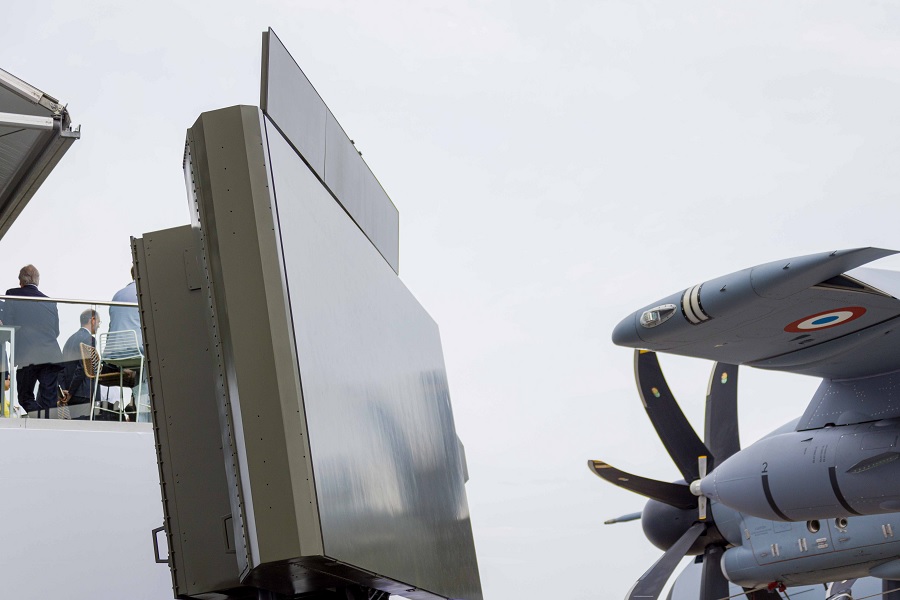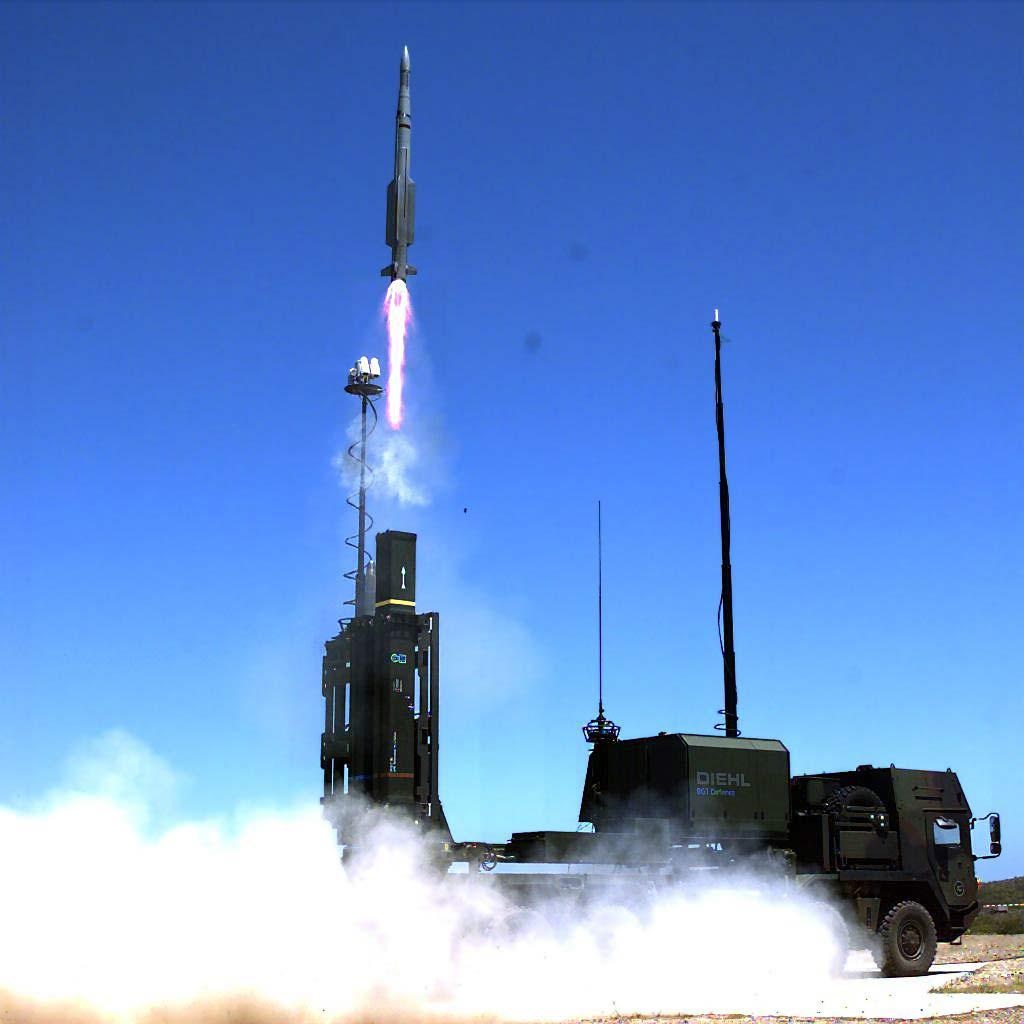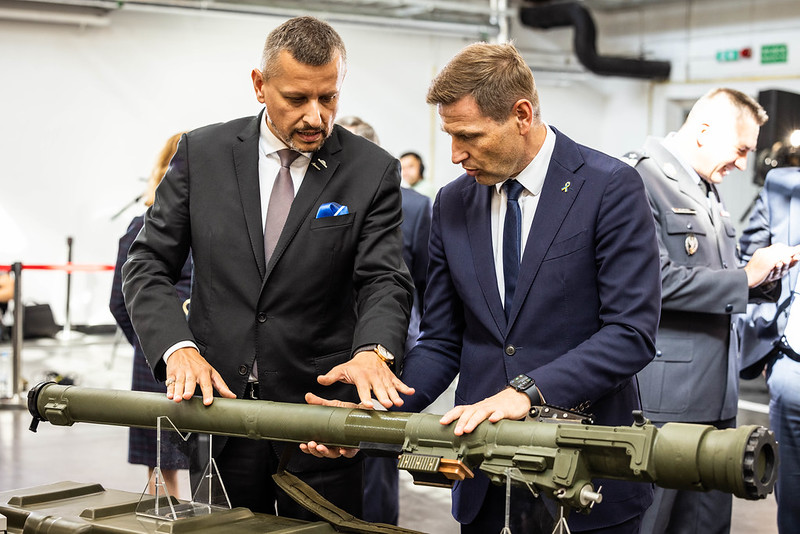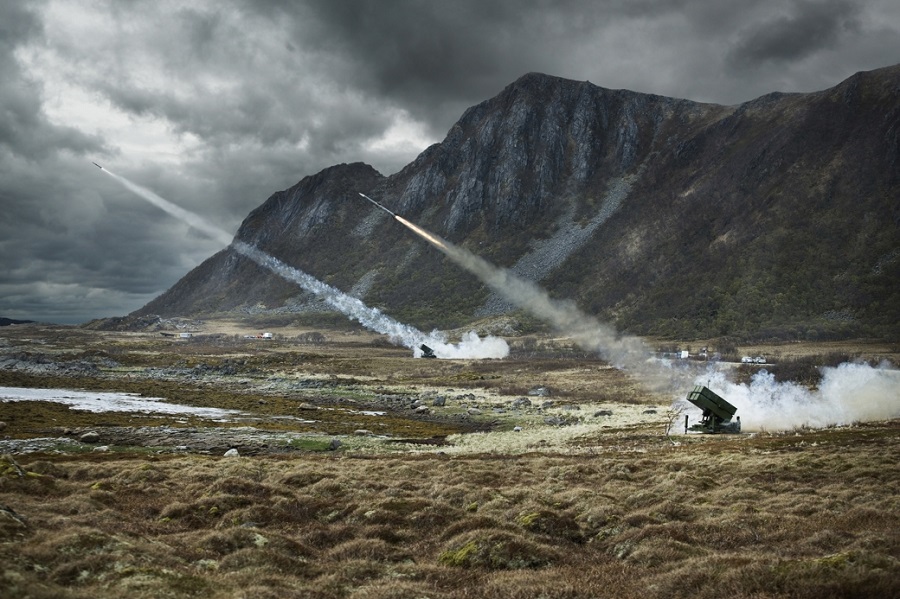For years, military national defence specialists have been looking for opportunities to reduce the impact of wind turbines to the functioning of our anti-aircraft system. We are delighted that there has been a huge leap in the development of anti-aircraft systems in the past few years, which has improved the detection capability of the defence forces and also provided an opportunity for developing wind farms,’ said Priit Soosaar, Strategic Category Manager for C4I, Cyber, and Radars) of ECDI.
In 2019 and 2021, the Government of the Republic made decisions to start investments in order to free majority of the Estonian mainland from national defence height restrictions for wind power production. As a result, the Government of the Republic has allocated a total of 74.5 million euros. In addition, 67 million euros will be invested from the funds of the EU Recovery and Resilience Facility to ease height restrictions in western Estonia. The aforementioned investments include active radars, passive radars and sensors, infrastructure and necessary services.
The height restrictions will remain in force for areas within the radius of 15 kilometres from the positions of anti-aircraft radars, as well as for the marine territory, islands, and peninsulas. In spite of the construction of the compensation radars, the locations of wind turbines, including single turbines, must still be coordinated with the Ministry of Defence, as those turbines may have a negative effect on various different national defence systems.
“Estonia is a historical client for Thales ordering the first GM400 at its launch back in 2010 and we are proud to continue to support the Estonian Air Force in its mission of air sovereignty. This contract demonstrates Estonia’s satisfaction with the GM400 and Mid-life upgrade of the original 2 radars, and shows Estonia’s trust in the radar for air surveillance. Today Thales is supporting 17 nations around the world and the Ground Master 400 radar family is a reliable and combat-proven partner for air surveillance”, Christophe Salomon, Executive Vice President, Thales Land and Air Systems.
One of the radars to be acquired will be installed in Ida-Viru County and the other in Hiiumaa and the radar systems will be delivered in 2024–2025. The radar in Hiiumaa will be built with the help of the European Union recovery instruments and the radar in North-East Estonia from the instruments used to support greenhouse gas emissions.
Last March, the ECDI also concluded the first agreement within the framework of a multilayer anti-aircraft project by which a new passive surveillance system will be bought by the end of this year at the latest. The early warning system can detect various different objects in the air without emitting radio waves and can detect objects from a distance of up to 450 kilometres. ’Thanks to this, the surveillance system is almost ‘invisible’ and hard to detect by the enemy,’ said Priit Soosaar.


















![NATO to consider increasing, stabilising support for Ukraine [BRIEF]](https://defence-industry.eu/wp-content/uploads/2023/12/Diehl-Defence-EUR-600-million-order-for-IRIS-T-SLM-air-defence-system.jpg)







